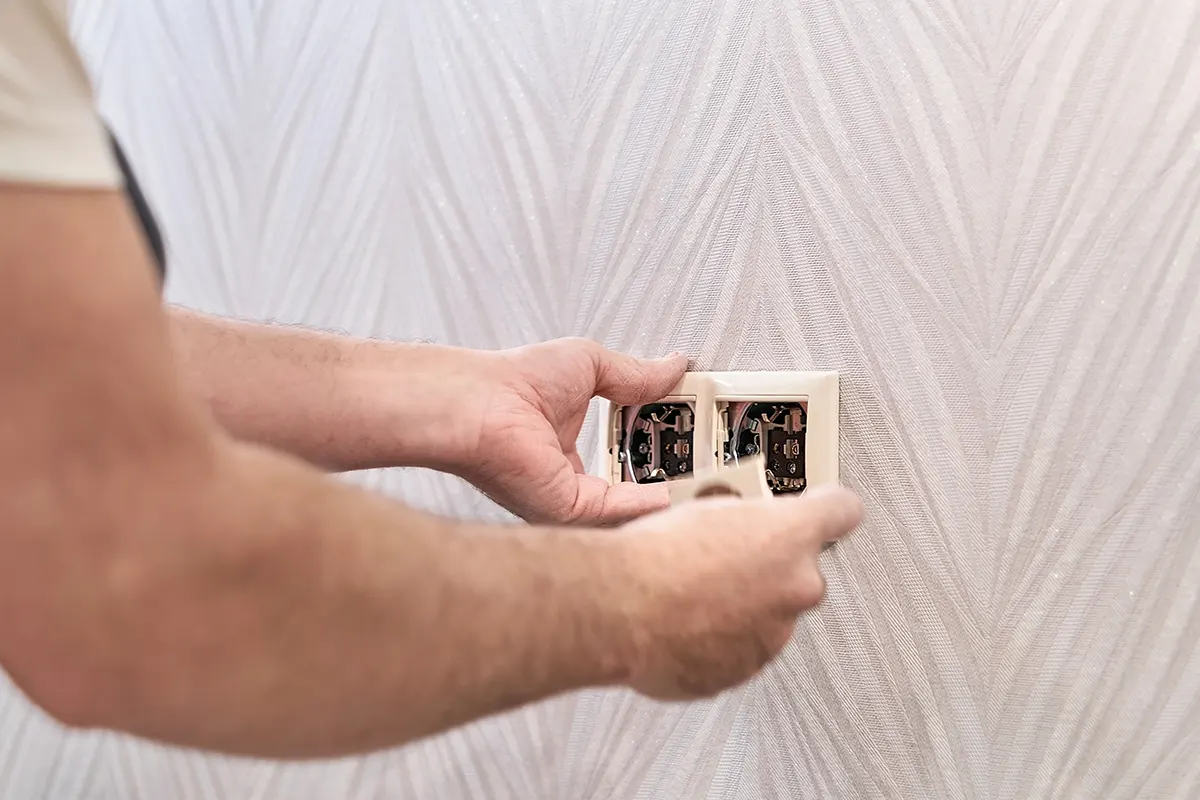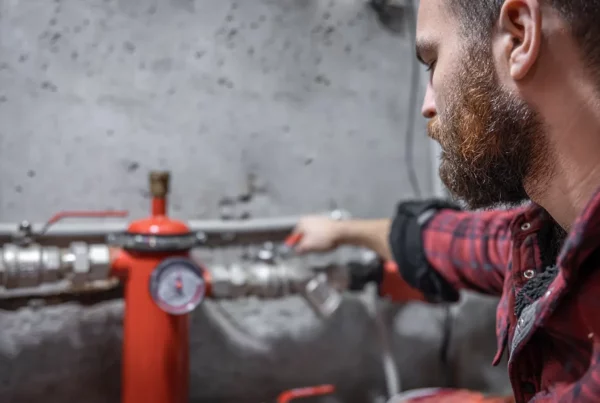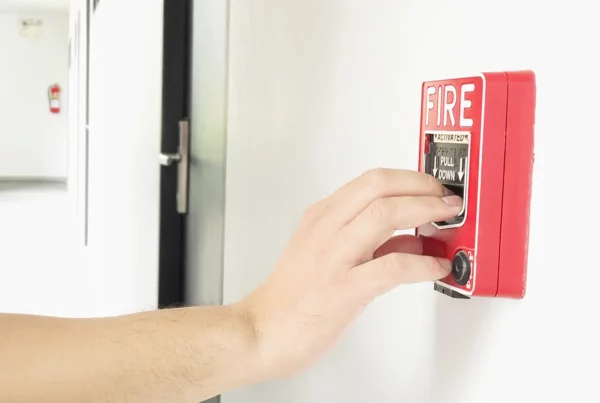
A GFCI (Ground Fault Circuit Interrupter) is a particular type of circuit breaker that prevents current from going to an electrical circuit when it detects a fault.
People have GFCI outlets in their homes for various reasons, such as preventing electrical shock, protecting against fire or drowning, and ensuring that appliances are safe to use at all times. However, when they install them correctly and test them to ensure they work properly once in place, the fault is usually problem-free. This article will discuss some common problems associated with a GFCI outlet that you may want to consider.
Wiring Problems
GFCIs provide a safety feature for your home’s electrical system by interrupting power from the utility source to the outlet if it detects a problem with the electrical circuit, such as having too many appliances plugged in or corrosion on an outlet. If the wiring is not done correctly, then this could result in electrical shock or an even worse fire. The wiring is a part of the house’s circuit, and it has to be wired to the breaker box in a specific way to work correctly. This is not an easy project for an inexperienced person, so you may want to hire a professional if you are unsure how to do it yourself. If there is any corrosion on your appliance, you will want to consult with a professional as it could be at risk of electrical shock or fire if ignored. This would be especially true if you have a water heater or air conditioner plugged in. They can cause corrosion with repeated use and sometimes may even require replacement parts that are not easily accessible by most people.
Tripping Too Often
This is one of the significant problems associated with GFCI outlets. It is caused by the current between the primary source of electricity and the outlet being interrupted too often or by a fault in the electrical system. A GFCI outlet will check itself once every second when it is not detecting a problem; however, if there is a problem on any of the circuits paralleled in a GFCI circuit, it will perform more checks to make sure everything is in order. It can occur for different reasons, such as faulty wiring, an appliance’s corrosion, or just an inexperienced individual’s poor installation. The usual solution to this problem is to have your electrician look at your home’s wiring and ensure that it’s up to code and that you have enough outlets for all your household appliances.
Not Resetting
This is another common problem. It happens because the breaker or circuit in which it is installed is too close to a power source, and that causes the GFCI to trip without notice. Usually, it will reset itself after half a second and then test again, but it can happen again if there is still a problem with your electrical system. To tell if this has happened, check the GFCI’s wall switch, as it will have an indicator showing when the GFCI has detected a fault.
Moisture in the Receptacle Box
This is another common problem, but it is more severe than that tripping. If there is water in the receptacle box, then the GFCI outlet will not be able to check any further and will stay on until you dry out it, usually by blowing air into it. It would be best to ensure that the GFCI outlet is placed close enough to a ventilation fan to eliminate moist air.
Ground Fault Occurrence
This is yet another common problem that you may want to consider. A GFCI outlet will malfunction if it detects a ground fault condition in an electrical circuit. Imagine that an air conditioner or water heater is plugged in and the outlet’s wiring is corroded or faulty, then, this can cause a temporary problem with the GFCI, and it will be setting itself off more frequently.
GFCI Outlet Not Working
The GFCI outlet may be tripping because of its internal design, as it may have been installed improperly. You will want to check the outlet first, which may solve the problem immediately. That is, you will want to ensure that it is connected to the primary source of electricity and that it is connected to a source of power down the line. If you still have a problem after installing it properly, you may also have a faulty breaker or wiring issue. In this case, you will want to call in an electrician or at least make sure that you are using the correct breaker for your home’s circuit and that each breaker has a receptacle box with an outlet for all breakers on a course.
Overloaded Circuit
This is another common problem that you may want to consider. Each breaker box has a specific capacity for how many appliances you can connect to at once. If you overload it by plugging too many devices into it, this can cause a problem with your GFCI outlet and also cause a malfunction.
However, there are several ways in which these problems can be avoided.
Consult An electrician
If you are installing a GFCI outlet for the first time, you will want to consult with an electrician and let them help you wire it correctly. If it’s a problem with your hardware store installation, then they should be able to help you fix the problem at their store. And if it’s a problem with your home’s circuit wiring, then you will want to call in an electrician and get them to come out and help fix the issue as soon as possible and ensure that there is enough space between all of your current electrical appliances.
Check For Loose Or Bad Connections
You will have to check all the electrical wiring in your house and ensure it is appropriately connected. If you see loose or bad connections, it would be best to have them fixed immediately, or at the very least, make sure that they are done by a professional.
Exposed Wires
You need to ensure that if you are using an extension cord, it has its GFCI circuit and outlet so that it does not cause overheating or damage to the device plugged into it. It also needs to be installed at a safe distance from furniture and appliances so as not to damage them by denying power if there is an issue with your current circuit wiring.
Troubleshooting
This is another common way of solving problems associated with GFCI outlets. You should first find the circuit breaker or fuse that is associated with the outlet, and then test it. If it is not tripping, then you will want to check your electrical wiring and make sure that it is all in good condition. If there is still a problem then troubleshooting can begin by checking all of your outlets, as they may be malfunctioning along with the GFCI outlets.
In conclusion, GFCI outlets are there to protect your whole household from electrocution; they are simple yet effective and can save you a lot of money in the long run. If you are a resident of (GEO) visit us in New Jersey Market and check out our unique products and services.
Image by ededchechine on Freepik









